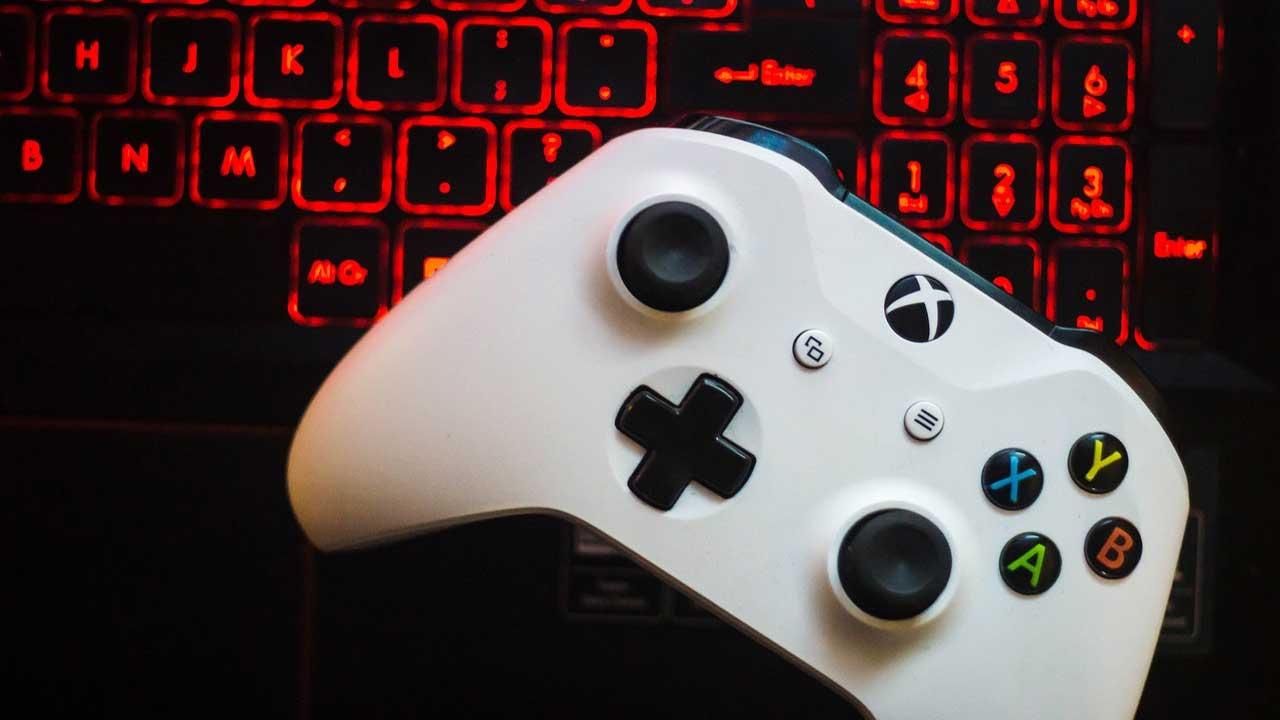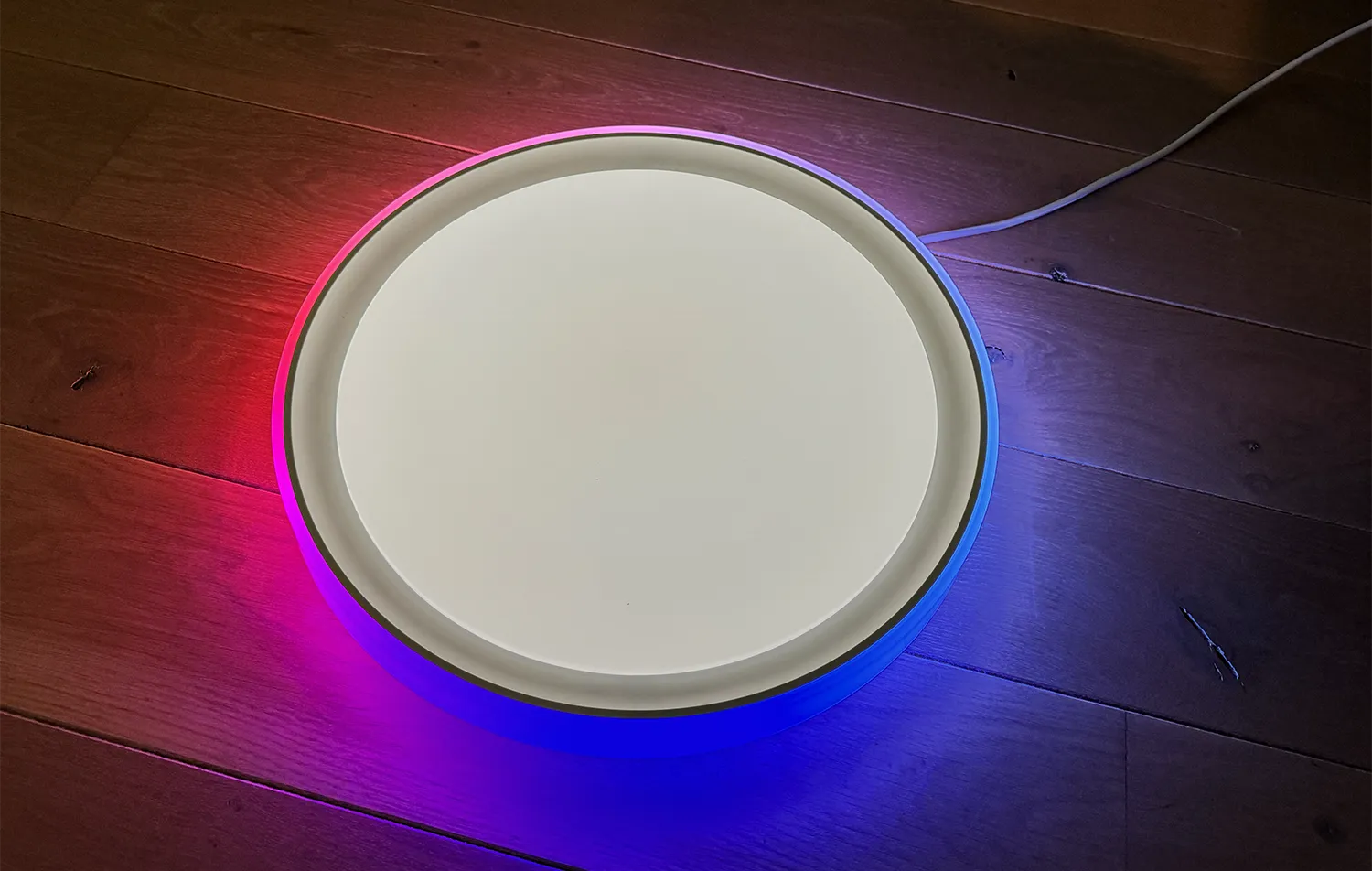In an increasingly connected world, the technologies that underpin our smart devices are essential to the success of any IoT project. Zigbee, Thread, and Bluetooth stand out as popular options, but which one is best for you? Or, better yet, can they be combined to take advantage of the best of each? Discover the main characteristics of these technologies and how choosing or combining them can be key to optimizing your connected home or business.
Choosing the right technology for your smart devices can seem like a challenge. Between Zigbee, Thread, and Bluetooth, each has unique advantages, but also limitations. What if you didn’t have to choose just one? Here you have the keys to understand how they work, when to use them and, most interestingly, how to combine them to take advantage of the best of each one. Get ready, because you are about to learn practical strategies that will make your IoT projects more efficient and successful.
Zigbee: versatility and reliable mesh networks
Zigbee has long been one of the preferred options for IoT projects thanks to its mesh network architecture, which allows thousands of devices to be connected efficiently. If you’re looking for a mature and widely compatible technology for your smart home, Zigbee could be the perfect solution.
Zigbee Advantages:
- Local mesh network: Zigbee allows up to 65,000 devices to be interconnected in a single network. Each node can transmit data through others, increasing coverage and stability.
- Low power consumption: Ideal for battery-powered devices such as motion sensors or smart locks.
- High compatibility: Many leading brands such as Philips Hue and IKEA Tradfri use Zigbee, making integration easy.
Limitations:
- No direct Internet connection: For Zigbee to connect to the cloud, you will need a hub or gateway that translates its communication.
- Latency: Although minimal, transmission across multiple nodes can cause delays in very large networks.
If your priority is a robust local network for home automation or lighting devices, Zigbee is a safe bet.
Thread: the future of IoT networks
Thread is an emerging technology designed to overcome the limitations of Zigbee, offering more efficient communication and greater interoperability thanks to support for the Matter standard.
What makes Thread unique:
- Improved interoperability: Being based on IPv6, each device has its own IP address, eliminating the need for a hub to connect to the Internet.
- Self-healing network: Like Zigbee, Thread uses a mesh network that automatically reconfigures nodes when one fails.
- Matter Certification: This feature ensures that devices from multiple manufacturers work together seamlessly.
Thread limitations:
- Limited availability: Although it is gaining popularity, the number of compatible devices is still less compared to Zigbee or Bluetooth.
- Initial cost: Thread devices can be more expensive due to their advanced technology.
If you’re looking for a future-proof solution, Thread is a great choice, especially for new deployments.

Bluetooth: the universal standard
Bluetooth, in its different variants, is a ubiquitous standard that is present in virtually any smart device, from phones to speakers. Its versatility makes it essential, although it has limitations compared to Zigbee and Thread.
Pros of Bluetooth:
- Wide adoption: All modern smartphones and tablets are Bluetooth compatible, making it easy to control devices without the need for hubs.
- Bluetooth Low Energy (BLE): ideal for low-power devices, such as beacons, sensors or wearables.
- Transmission speed: with BLE, you can reach speeds of up to 2 Mbps, being superior in this aspect to Zigbee or Thread.
Cons:
- Limited range: Although Bluetooth Mesh expands coverage, it is still less robust than Zigbee or Thread in complex mesh networks.
- Power consumption: Although BLE improves this, traditional Bluetooth devices can drain batteries faster.
Bluetooth excels in short-range, high-speed applications, such as portable devices or audio systems.
Choose or combine?
Instead of deciding between Zigbee, Thread, or Bluetooth, many IoT solutions combine these technologies to take advantage of their complementary benefits. For example:
- Zigbee + Bluetooth: Use Zigbee for mesh network stability and Bluetooth for initial setup from your smartphone.
- Thread + Bluetooth: Combines the interoperability of Thread with the speed and accessibility of Bluetooth.
- Matter as a bridge: This emerging standard ensures that compatible devices work frictionlessly, regardless of the protocol they use.
Choose or combine depends on your specific needs. Whether you’re looking to build a smart home or upgrade an industrial monitoring system, opting for a combination can give you the best of both worlds.
Zigbee, Thread, and Bluetooth are not just technology options, but tools that can transform your IoT experience. The right choice depends on your goals: stability, compatibility or speed. And if you can combine them, you’ll be one step closer to achieving a perfect network.














